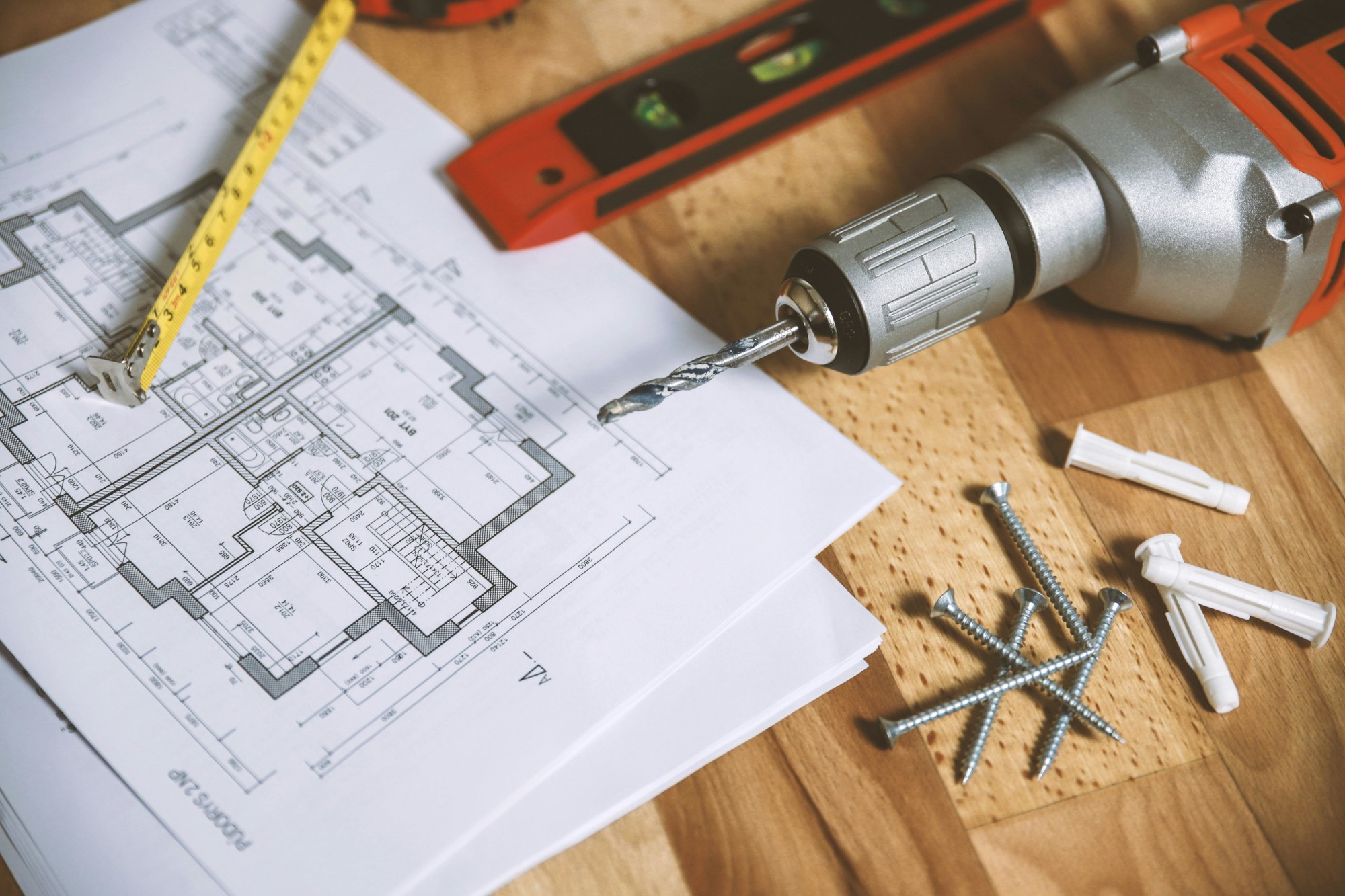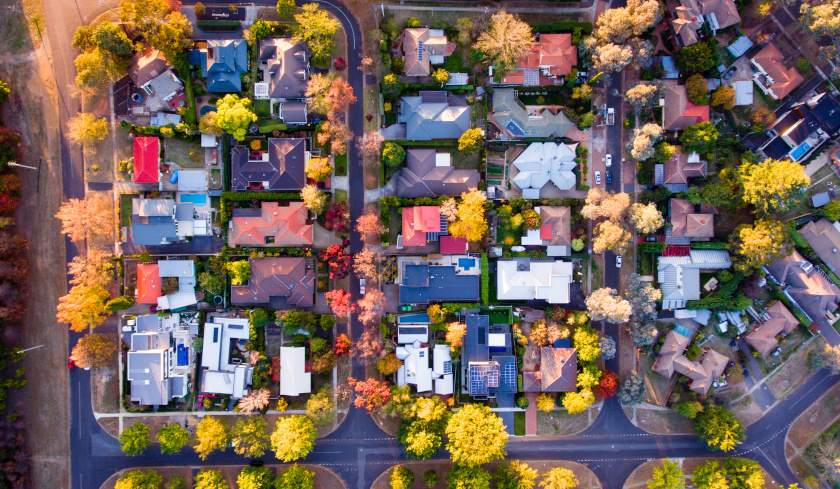Invest
Record-low rates mean it’s now cheaper to buy than rent
Record-low interest rates have created a unique environment where it is cheaper to pay off a mortgage instead of renting, according to new findings.
Record-low rates mean it’s now cheaper to buy than rent
Record-low interest rates have created a unique environment where it is cheaper to pay off a mortgage instead of renting, according to new findings.

Research released by online buyers marketplace Buyer Buyers co-founder Pete Wargent has found that renters who are living in a capital city besides Sydney and Melbourne would be better off buying instead of renting.
“There are some uncertainties in the economy, but for those with access to a deposit, a reasonable level of employment security and a sensible buffer, then it has become a compelling equation in many locations” Mr Wargent said.
In many areas, rent money is dead money, said RiskWise CEO Doron Peleg, stating renters with secure jobs are better off buying a house than continue paying someone else’s mortgage.
“When it comes to houses, the preferred dwelling option in most areas of the country, in many cases it is cheaper to buy than rent, and rent money is dead money. Whereas if you buy a house, you can start building equity straightaway, particularly when you take a long-term strategic view, and if you are in a good position to negotiate well and buy a ‘Grade A’ property that will serve your family for many years to come,” Mr Peleg said.

Over the medium and the long term, he said solid price growth was highly likely for houses, particularly due to a systematic undersupply in the inner- and middle-ring suburbs, and also in the more affordable outer areas with good access to the CBD, such as in the western suburbs of Sydney.
“What this all means is now is the time to buy if you are a first home buyer or an owner-occupier, as this current slowdown in the property market is only temporary, with houses in popular areas likely to experience solid capital growth in the medium to long term,” Mr Peleg explained.
“Once the COVID-19 issue fades, most likely in 2021, the traditional connection between low interest rates and an increase in dwelling prices is likely to reassert itself.”
In Sydney, annual rent on a median house price costs nearly $30,000. That is $4,466 more than it costs for an interest-only loan.
However, it costs $12,514 more to service a principal and interest loan.
In Sydney, for example, Ryde is the only area (at the SA4 level) where rental payments are less than interest-only loan repayments. Mr Peleg said, on average, if there was an additional payment for principal and interest in some SA4 regions, it would only be “very small” and areas such as the city’s western suburbs and the Central Coast had offered exceptional capital growth over the past 10 years, with further positive projections in the medium to long term.
Moving away from Sydney in Brisbane, for example, a renter pays $23,995 in rent. That is more than $10,000 more than on an interest-only loan and $1,500 for a principal and interest loan.
The maths is also in buyers favourite for Adelaide, Perth, Hobart, Darwin and Canberra.
Mr Peleg said the ACT offered excellent opportunities, thanks to a combination of properties that held their value well, with healthy price growth of 4 per cent for houses, and lower mortgage repayments compared with renting.
Mr Peleg said investors with a long-term view could also benefit despite interest repayments for investment properties being slightly higher.
“If the rent covers their monthly interest repayments, they are in a good situation. There is a relationship between low interest rates, low out-of-pocket expenses and stronger demand, and this is attractive to investors,” he concluded.
About the author

About the author


Property
North platform adds household reporting feature to boost adviser efficiency
AMP's North platform has launched consolidated household reporting across multiple client accounts, helping financial advisers streamline their client review processes. Read more

Property
What Adds The Most Value To Properties?
Wondering how to up the value of your property? Properties are worth a lot of money in general, but there’s always a way to maximise value. The good news is that most of the things you can do to ...Read more

Property
Centuria reports strong growth in alternative real estate sectors for FY24
Centuria Capital Group has reported significant growth in alternative real estate sectors for the 2024 financial year, driving stable performance and increased guidance for FY25. Read more

Property
How to leverage equity in your home for investment or renovation
Home equity, the value of your property minus any debts owed, is a powerful financial resource many homeowners in Australia can utilize to further their financial goals. Whether you're looking to ...Read more

Property
Exploring REITs: Real estate investment without buying property
Real Estate Investment Trusts (REITs) offer a compelling investment alternative for those interested in the real estate market but may not want to endure the complexities and capital requirements of ...Read more

Property
Retirement communities: a pivotal element in meeting Australia's housing targets
The Retirement Living Council (RLC) has recommended that retirement communities should be considered a vital part in the Australian Government's initiative to fulfill the Housing Australia Future Fund ...Read more

Property
Australians adjust financial strategies amid changing property market dynamics
The 2023 calendar year saw Australian borrowers acquiring a total of $300.9 billion in new loans for property purchases, marking a 12.7% decrease from the previous year. Read more

Property
Split home loans unlocking doors for Aussie buyers
Australians are teaming up to dive into the real estate market and seize the advantages of home ownership, with the trend of split home loans surging as family and friends unite to buy properties ...Read more

Property
North platform adds household reporting feature to boost adviser efficiency
AMP's North platform has launched consolidated household reporting across multiple client accounts, helping financial advisers streamline their client review processes. Read more

Property
What Adds The Most Value To Properties?
Wondering how to up the value of your property? Properties are worth a lot of money in general, but there’s always a way to maximise value. The good news is that most of the things you can do to ...Read more

Property
Centuria reports strong growth in alternative real estate sectors for FY24
Centuria Capital Group has reported significant growth in alternative real estate sectors for the 2024 financial year, driving stable performance and increased guidance for FY25. Read more

Property
How to leverage equity in your home for investment or renovation
Home equity, the value of your property minus any debts owed, is a powerful financial resource many homeowners in Australia can utilize to further their financial goals. Whether you're looking to ...Read more

Property
Exploring REITs: Real estate investment without buying property
Real Estate Investment Trusts (REITs) offer a compelling investment alternative for those interested in the real estate market but may not want to endure the complexities and capital requirements of ...Read more

Property
Retirement communities: a pivotal element in meeting Australia's housing targets
The Retirement Living Council (RLC) has recommended that retirement communities should be considered a vital part in the Australian Government's initiative to fulfill the Housing Australia Future Fund ...Read more

Property
Australians adjust financial strategies amid changing property market dynamics
The 2023 calendar year saw Australian borrowers acquiring a total of $300.9 billion in new loans for property purchases, marking a 12.7% decrease from the previous year. Read more

Property
Split home loans unlocking doors for Aussie buyers
Australians are teaming up to dive into the real estate market and seize the advantages of home ownership, with the trend of split home loans surging as family and friends unite to buy properties ...Read more








